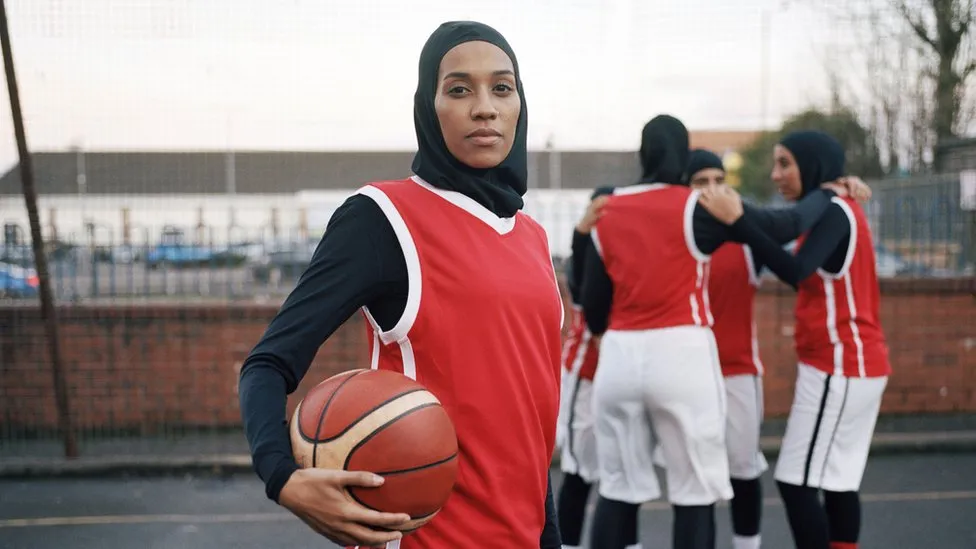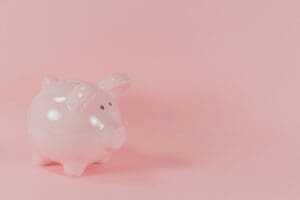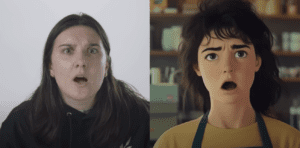
Nobody can predict what will happen when we are all out of lockdown. Content creators have had to change their approach in order to stay relevant and sensitive to the ongoing situation. They still need to make an income, and are having to be smart about the ways in which they do, in fear of looking like they are making money out of a tragedy, but what will the landscape look like for creators when all of this is over?
I thought I’d share some of the trends I’ve spotted on my feed and my predictions for how content will change in the future.
Cooking content
People are spending more time in the kitchen. Research shows two fifths are enjoying cooking more now, with 89% vowing to continue making food from scratch once the restrictions are lifted. This means we can probably expect to see less restaurant-perfect food covering our Instagram feeds, and more home-cooked dishes – perhaps even made using home-grown vegetables. Vegan chef Brett Cobley has been a champion of this trend, launching his #creativecupboardchallenge where followers share three ingredients they have that they don’t know how to use and he invents a recipe.
Homes over holidays
Travel content creators will undoubtedly have suffered during COVID-19. They’re no longer able to collaborate with a brand or luxury hotel in a far-flung destination at a moments’ notice. With less money spent on long-haul holidays, there will be more cash to spend on homes. After all, we’ve realised the importance of having a nice living space. Interior influencers could help people redesign their homes to be more in-keeping with a post-coronavirus world. Instead of everything being open-plan, we might well go back to wanting rooms and spaces to be separate. Having been confined to our homes, we want to make sure we’re utilising any indoor – and outdoor – space we have.
Less disposable income
In the last fortnight, nearly a quarter of British employees have been furloughed. There are also going to be redundancies and a rise in unemployment. There’s no denying that money will be tight for many.
Meanwhile, the effort to stay at home has led to a surge in social media usage. Influencer agency Obviously has seen a whopping 22% increase in Instagram campaign impressions, meaning we are far more likely to see and interact with ads, which is good for content creators and brands that rely on audience engagement. That being said, there will be more eyes on ads, but to gain cut through, those ads will need to be even more relevant to a savvy audience with a highly selective approach to how they spend their money. Equally, influencers will need to be as considerate about how they approach advertising going forward, ensuring they’re adding value to their audience through highly selective partnerships and purpose driven content, as opposed to straightforward product promotion.
TV-quality production
Before the pandemic, TV advertising spends were dropping and advertisers were having to look elsewhere to connect with millennials and Gen-Z audiences. This, combined with the lockdown measures, means that they now also have limited access to crew and production facilities. It feels as if content created by talent themselves provides the perfect solution. An example of this is award-winning spoken word poet and basketball player Asma Elbadawi’s TV-quality video content which was created for just £250. Granted that didn’t include fees for anyone involved, but the video showed that talent-generated content can be turned around quickly, is low-cost and the standard doesn’t have to be compromised. We were already seeing a rise in social media talent moving into mainstream media, but could the current circumstances catapult this trend forward? I believe so.

What does this all mean?
The aftermath of the pandemic will continue for a long time, maybe even for years. Nobody can predict what will happen, but influencers will need to adapt to the ‘new normal’ for the foreseeable. It feels to me that we can expect less aspiration and more of a focus on family and friends, staying fit and healthy and going back to basics.
Some content creators will struggle with this, while new ones will arise with a new form of content we didn’t know we needed before.






